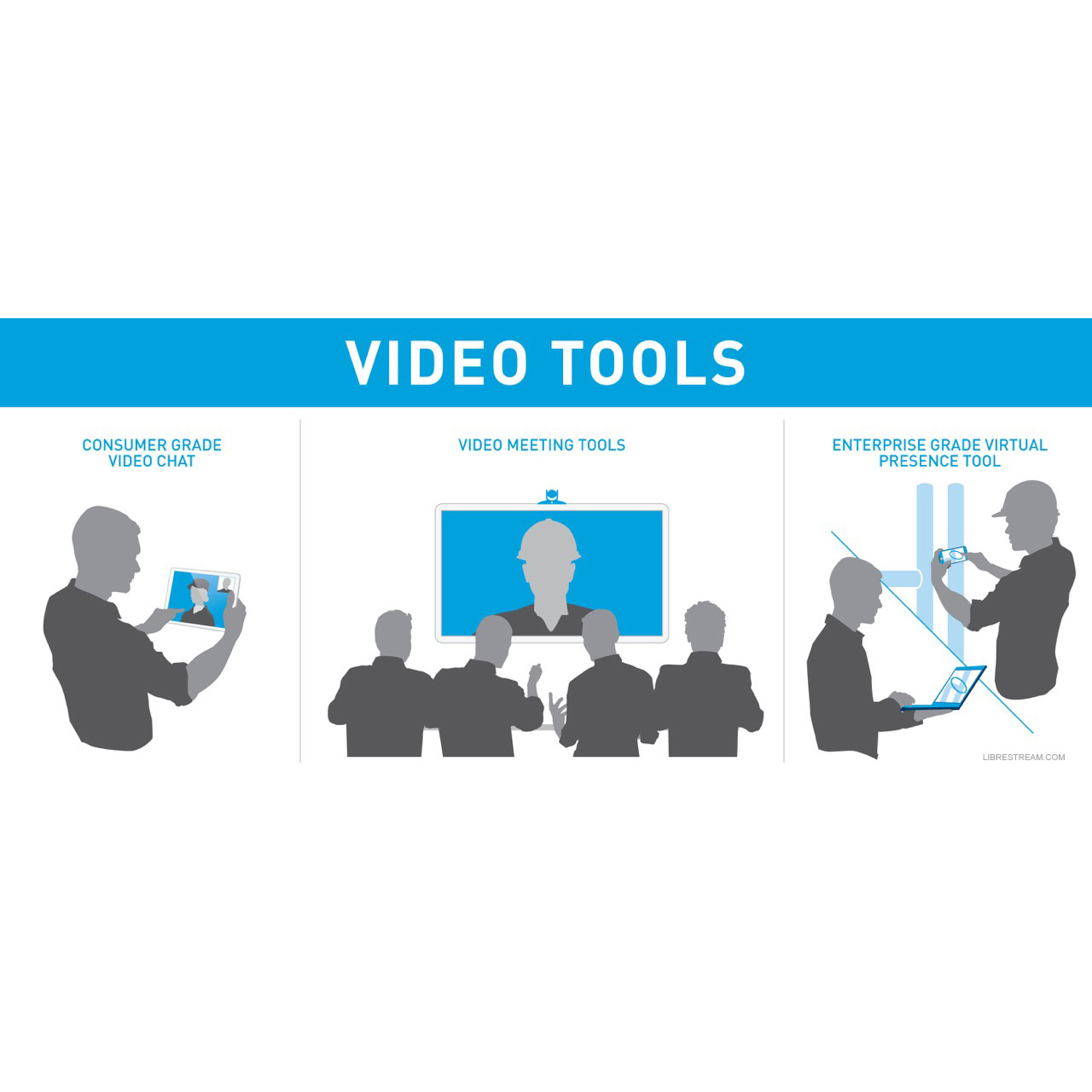
First Look: Onsight NOW

Earlier this year I guest wrote a post Show Me Don’t Tell Me: The Internet of Things and Millennials Drive Change in the Field. To quickly recap, I touched on how millennials are driving video based communications within organizations. Although the post touched on some very specific use cases, there is something to be said about the overall trend of different organizations looking into video tools. Choosing video communication capabilities can be daunting. There are many different types of video tools to choose from depending on the purpose. The most common purpose for video tools is face-to-face video meetings or calls. This capability is extremely useful to see remote colleagues when holding a meeting, but when it comes to looking at “things” such as a broken motor, face-to-face chat tools don’t provide much value.
I’ve gone ahead and highlighted the different types of video tools often considered by organizations:
Consumer Grade Video Chat: These video tools provide video chat for one-on-one or group settings. The focus here is face-to-face interactions. A strong network connection is ideal so calls do not drop. But the typical use case is social consumer, so quality of service (QOS) expectations are typically lower.
Providers include: Skype, FaceTime, Google Hangouts, and many more.Video Meeting Tools: These video tools include advanced collaboration functions such as screen sharing, online whiteboard and even file sharing. The focus here is face-to-face with advanced collaboration tools. The use simulates the experience of individuals sitting around a conference table, sharing documents, spreadsheets, and presentations’ slides.
Providers include: Cisco WebEx, GoToMeeting, and others.Enterprise Grade Virtual Presence Tools: These video tools focus on collaborating on ‘Things’. Instead of participants looking at each other, they are looking at an object in the real world, collectively working to diagnose and solve a problem. Where video meeting tools simulate the conference room, virtual presence tools create a virtual manufacturing floor, field location, or customer premise. Advanced collaboration tools allow remote users to control the video session, to capture the right images, as well as dynamically adjust bandwidth settings to ensure high levels of QOS when walking the other person through the problem in real-time.
Providers include: Librestream Technologies, and more.
An organization with a large manufacturing component, MRO (Maintenance, Repair, and Overhaul) site, dispersed R&D teams and more should consider looking into enterprise grade virtual presence tools to leverage their experts. As organizations increasingly become more global, the need to have experts available has become a priority. Often, it can take weeks to bring in an expert to resolve an issue, causing significant revenue loss due to production down time.
Virtual presence tools can pause live video, telestrate, share schematics, integrate and share video from specialized cameras such as RVI and NDT devices, and much more. This gives teams the information they need to resolve issues, or move to next steps as they occur. It replicates someone standing beside you looking at the problem, instead of looking at you while describing what you are seeing.
This blog post was written by Charlie Neagoy- VP Business Development at Librestream Technologies Inc.